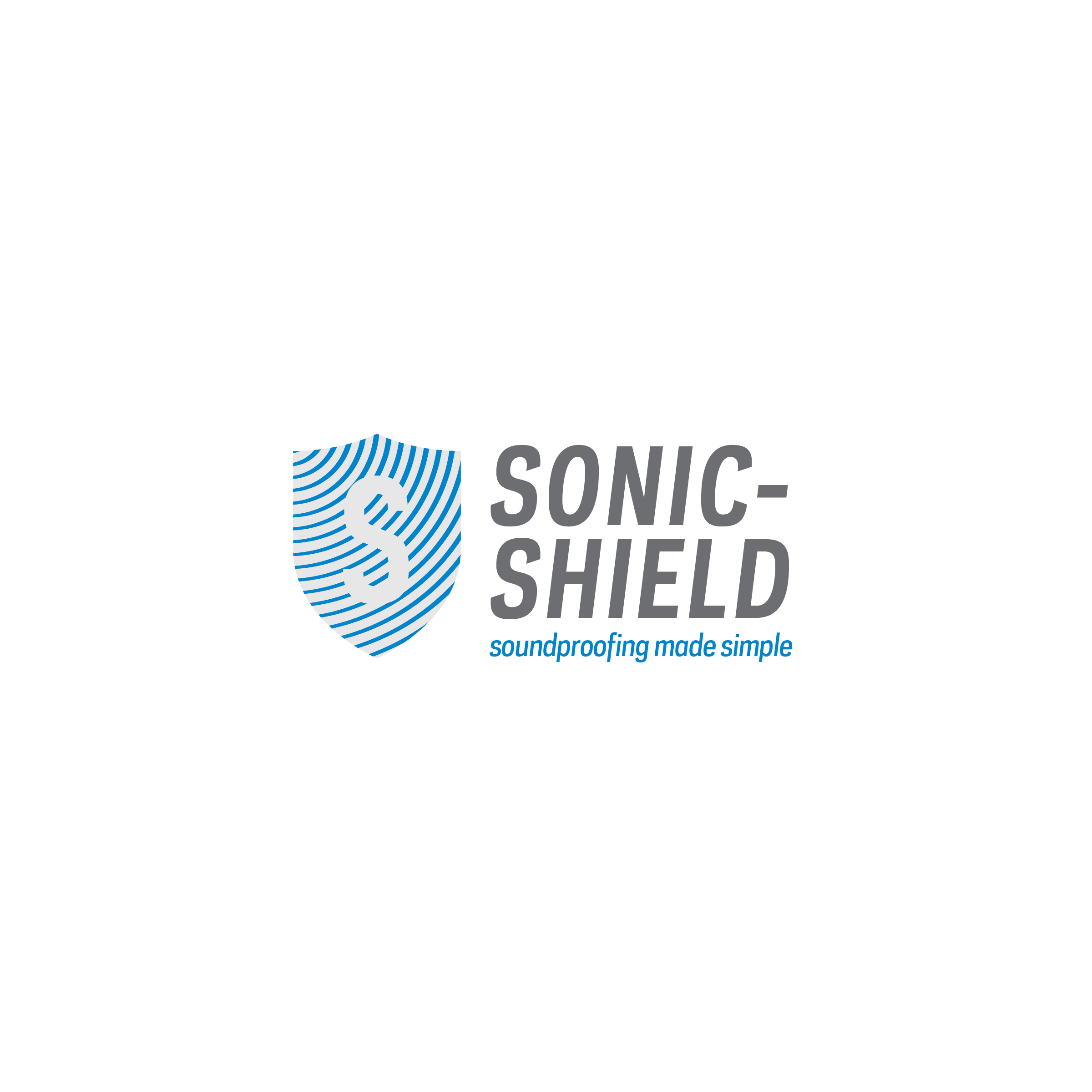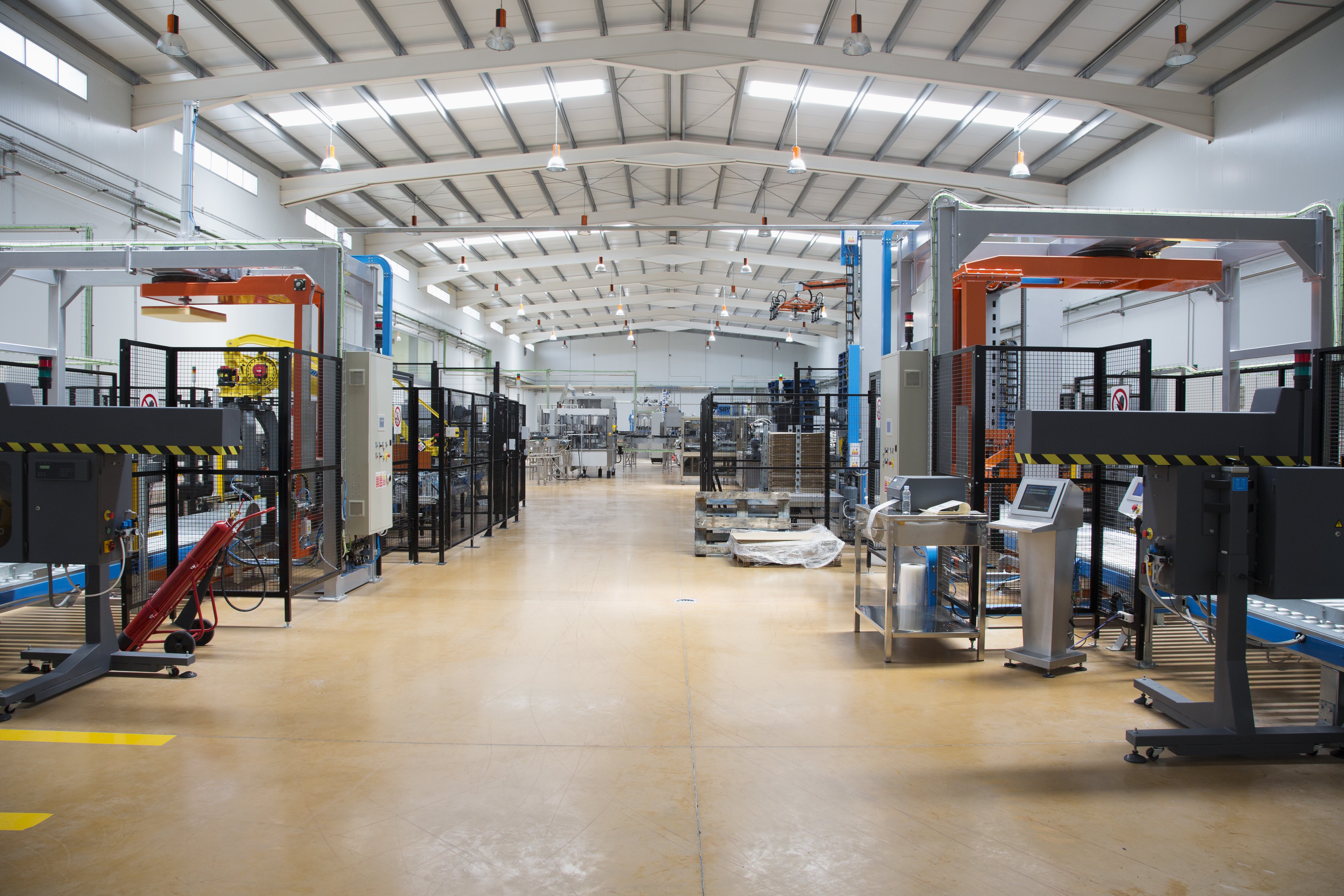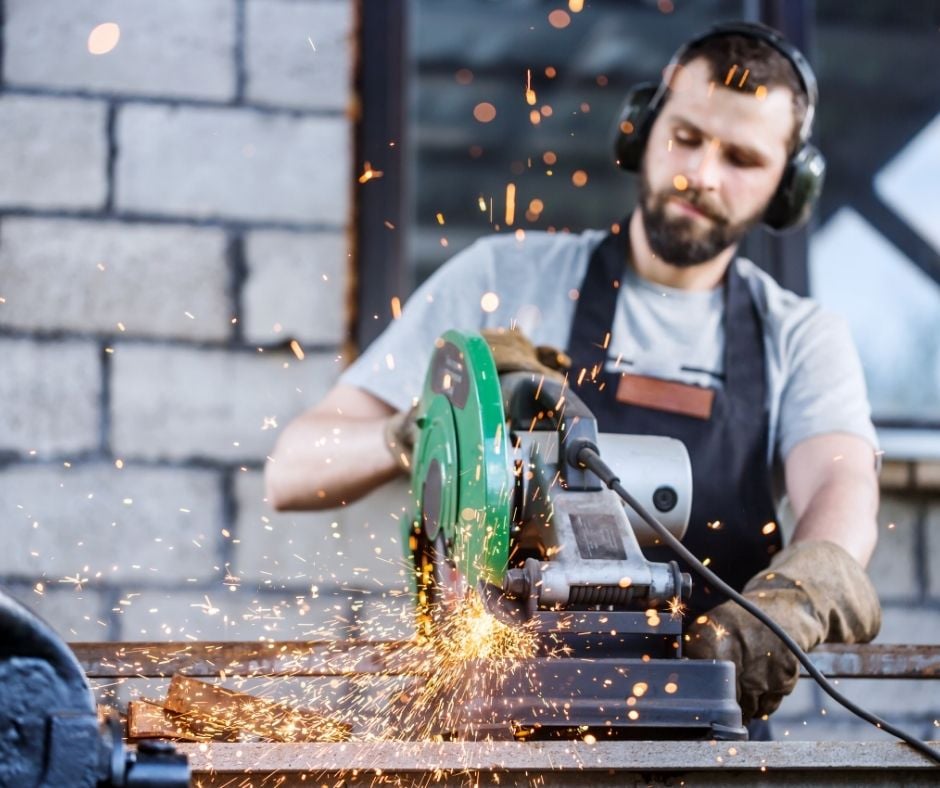
Every year, approximately 30 million people in the United States are exposed to hazardous noise in the workplace which may result in temporary or permanent hearing loss, create physical and psychological stress, reduce productivity, interfere with communication and concentration, and contribute to workplace accidents and injuries by making it difficult to hear warning signals.
In our previous post on solving manufacturing noise problems, we referenced the use of a sound study in order to effectively deploy the right noise control measures in your manufacturing facility. A sound study starts with the development of an acoustical assessment of the machinery in a manufacturing plant to identify significant noise sources and potential means of attenuating that noise. Acoustical test results help not only identify harmful levels of noise, but help prioritize recommendations for sound attenuation treatments that can be applied to avoid harmful working conditions and potential OSHA fines.
Manufacturing Plant Machinery
Identifying the noise sources and their noise transmission paths are the first steps in solving noise problems. In a manufacturing facility, however, there are numerous sources of noise. It is therefore necessary to treat one machine and one area at a time until a sufficient number of machines or areas are treated to obtain an appreciable reduction in the overall ambient noise levels in the facility.
Machinery Noise Levels
OSHA measures worker noise exposure based on a time weighted average (TWA) that is calculated using noise levels to which a worker is exposed during normal working hours. The OSHA permissible exposure limit (PEL) is 90 dBA over an 8-hour period. For example, OSHA will allow 4 hours of exposure at 95 dBA and 2 hours of exposure at 100 dBA. If the TWA exceeds the OSHA action level of 85 dBA, an employer-sponsored hearing conservation program would be required.
Common Machinery Examples:
- Packaging Machine/Stations: average noise level during operation often exceeds 100 dBA, therefore, the maximum permissible exposure time according to OSHA will be close to 30 minutes.
- Metal Machines: machines that create metal products and have numerous machining operations tend to be relatively large with noise levels measuring close to 100 dBA and a frequency spectrum with a relatively broad band.
- Conveyor Systems: noise from a conveyor appears to be lower than noise from other larger sources except in the 80 Hz and 100 Hz bands. This can sometime be attributed to a combination of shaker noise and structural vibration.
Examples of Noise Attenuation for Machinery
Once you understand the noise sources and transmission paths, you need a long-term noise abatement strategy and plan, beginning with some immediate noise attenuation recommendations, such as:
- Tunnels: a custom solution for conveyor systems which can use a removable/hinged cover to enable viewing and access.
- Sound Booths: constructed out of sound attenuating panels with a vestibule and controller so that operators will not necessarily need to open doors to access the controller.
- Baffle Systems: The simplest baffle can involve a structure similar to a dryer vent, where sound from the vent is trapped within the baffle, although air is allowed to freely flow out of the vent.
- Sound Panels & Enclosures: noise can be attenuated from sorting and weighing stations through the installation of sound attenuating panels. Panels can also be used to enclose an entire area if access isn’t needed to the area.
Take A Proactive Approach
According to OSHA, minimum requirements of a hearing conservation program include (a) a monitoring program, (b) an audiometric testing program, (c) hearing protection devices, (d) employee training and education, and (e) recordkeeping. In most cases, it is more cost effective to implement noise attenuation measures on loud equipment versus the costs associated with a hearing conservation program, lost productivity and increased workers’ compensation payouts for hearing-impaired employees.
Contact our acoustical experts to proactively conduct a sound study with recommendations to keep your facility safe.




